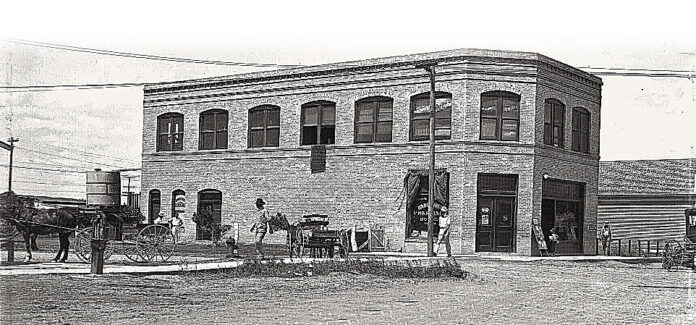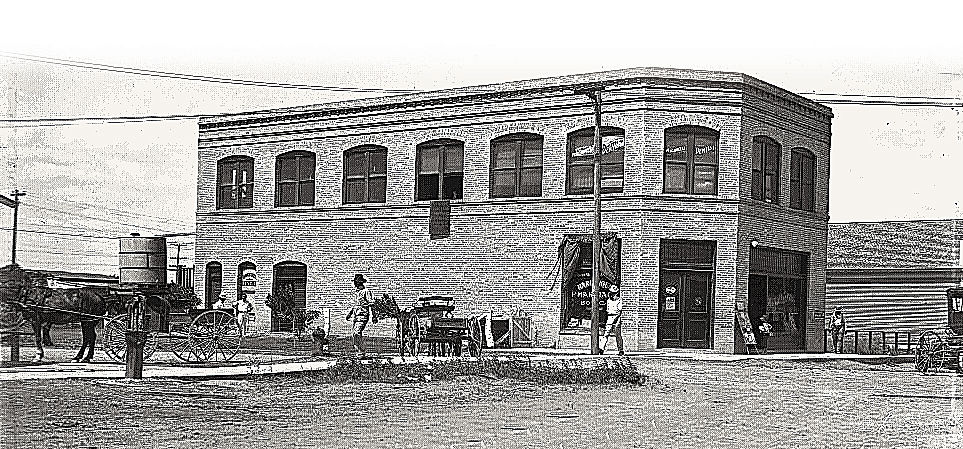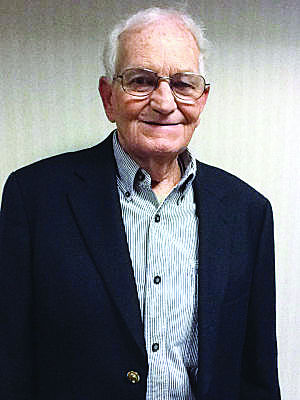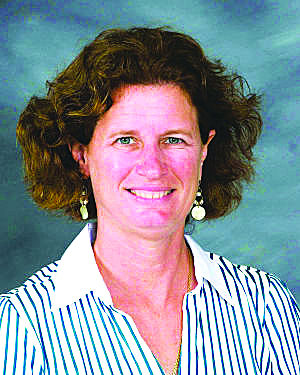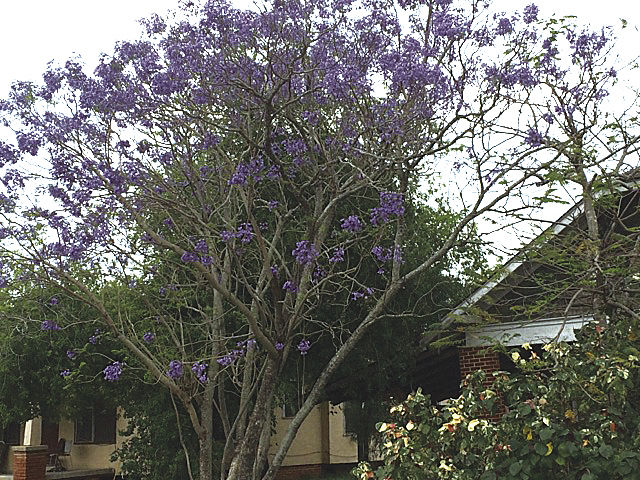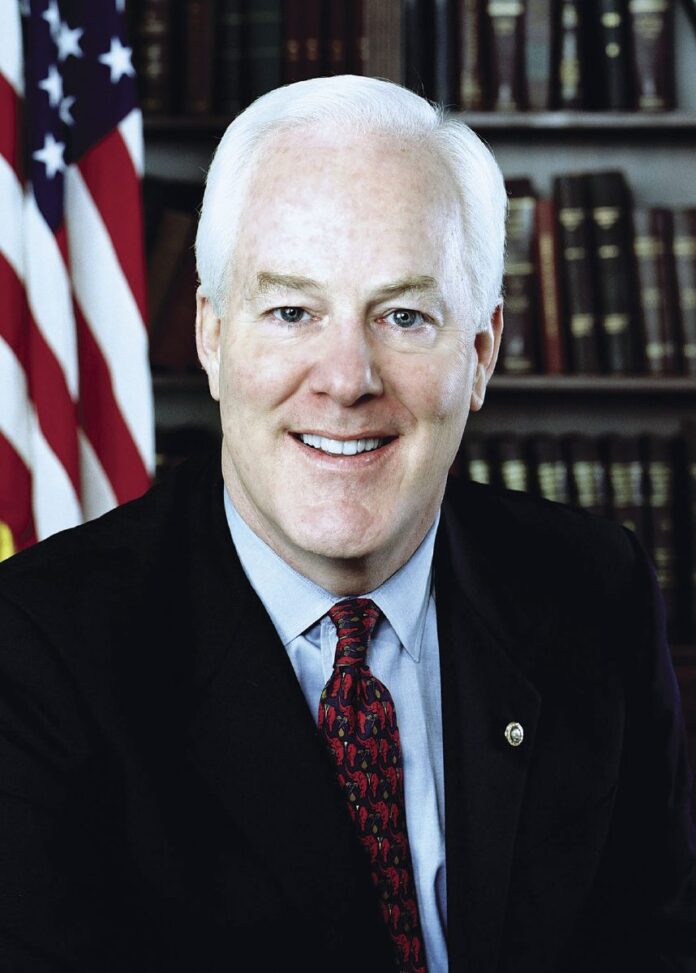“One in four people, like me, have a mental health problem. Many more people have a problem with that. I want to speak out, to fight the public stigma and to give a clearer picture of mental illness most people know little about. Once the understanding is there, we can all standup and not be ashamed of ourselves, then it makes the rest of the population realize we are just like them but something extra.”
Stephen Fry, Actor
We are still in the throes of Mental Health Awareness Month, and this week begins National Prevention Week, another observance of mental health and substance abuse awareness that spotlights educational events to bring about awareness of mental illness and substance abuse in our society.
Not too many people, outside of our school systems, know about this observance … it is not publicized enough.
National Prevention week is an annual event, sponsored by the Substance Abuse and Mental Health Services Administration (SAMHSA) that is dedicated to “increase public awareness of, and action around, substance abuse and mental health issues.”
The event is three-pronged in its purpose: 1) To involve communities in raising awareness of behavioral health issues and implementing prevention strategies.
2) To foster partnerships and collaboration with federal agencies and national organizations dedicated to behavioral and public health issues. 3) To promote and disseminate quality behavioral health resources and publications.
The observed event is held during the third week of May each year, near the start of summer. Summer season is filled with celebrations and recreational activities where substance use and abuse happen, such as graduation parties, proms, weddings, sporting events, and outdoor activities. National Prevention Week is timed to allow schools to take part in a prevention-themed event before the school year ends, raising awareness in students of all ages.
The timing of this observance could not be more timely, as according to SAMHSA percentages of marijuana, cigarette, and alcohol initiates among youth increase between spring (April and May) and summer (June and July). The event helps to educate young people and their families at this crucial time of the year.
Most organizations conduct prevention activities throughout the year, culminating in a community-wide event during National Prevention Week. This is a time for all to become involved, including those who follow my articles, in the prevention of substance abuse and increasing the awareness of mental illness…at whatever level you can…to join the nationwide effort to prevent substance abuse and increase awareness of mental disorders, show others that prevention works, and support the health and well-being of our communities.
In past years, and to include this year, community organizations across our country host health fairs, block parties, educational assemblies, town hall meetings, memorial walks, social media campaigns, outdoor events, and much more. Thousands of people across the United States and in U.S. Territories attend these events and help raise awareness about the importance of preventing substance use and mental disorders.
I have written many articles about mental disorders and substance abuse in the past, in efforts to foster awareness, and I will continue to do so through the year…awareness education on mental illness and substance abuse in whatever form it is presented is most important to all of us…the effects are widely known. The number of those individuals and their families keep growing each year; and that affects all of us. The more we talk about it, the more educated we become, and that makes a difference in stemming the tide.
Mental illness affects millions of individuals, families, friends, co-workers, and others in our society. Today there are 16 million individuals in our nation with a Depressive Disorder, 3.3 million individuals suffer from the symptoms of Bipolar Illness, and 21 percent of all Americans have a diagnosable Anxiety Disorder. And 22.5 million adult individuals in our society have a Substance Use Disorder. Most of you readers of these articles have a close relative or friend (or perhaps yourself) who have a Mental Disorder or a Substance Use Disorder. By the year 2020, Mental and Substance Use Disorders will surpass all physical diseases as major cause of disability worldwide.
Talking about Mental Illness and Substance Abuse is a way that all of us can be involved. To speak up, to share your point of view with people who may be struggling to explain what they are going through — and to help others figure out if they too are showing signs and symptoms of Mental Illness and/or Substance Use Disorders.
We are most fortunate to have organizations in our community that remain most active in community involvement as it relates to Mental and Substance Use Disorders. I call to mind my friends and colleagues with Tropical Texas Behavioral Health Services, those involved with the Cameron County Mental Health Task Force, and the staff and counselors with Loaves and Fishes…but three of the organizations out of many that are very much involved in awareness education.
Their service to others is most exemplary…just a few of the “unsung” heroes in our community who give of their time, talents, and treasures in promoting Mental Health and Drug Abuse awareness services.
Mental illness and substance use/abuse are most serious problems within our society; and the continued need for educating the general public, and treatment of those so afflicted, will be always there. Don’t kid yourself…these problems affect every single one of us in our society. Isn’t it way past time for all of us to stand up and speak out? Until next time, Stay Healthy My Friends!


